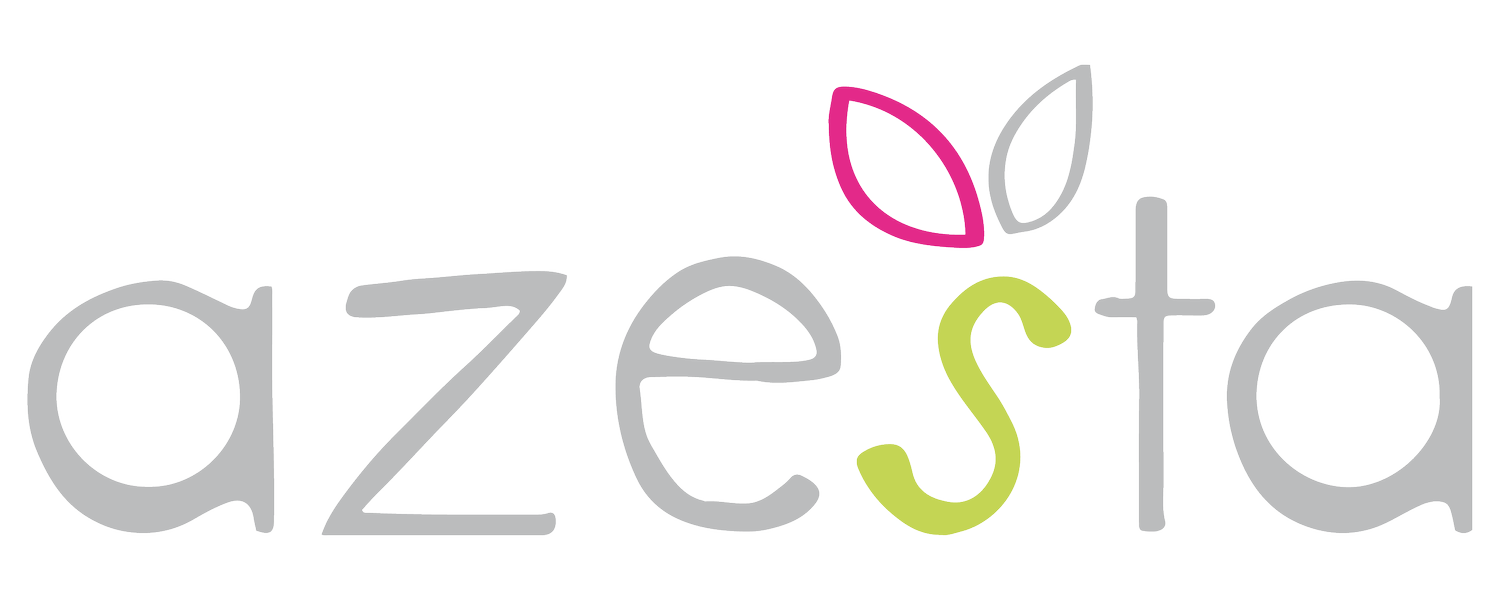10 ways of using the UK’s top selling experiential learning tool ‘the tower of power’
The Tower of Power is probably the top selling tool in the UK because it is so versatile and so hard wearing!
One of our Yorkshire customers told us that it had so far cost him £1 per use and going down all the time! The exercise can be totally tailored to many different situations and if you call me in the office I can help you design things I have not yet come up with, but here is a starter for 10 of things I have done with it so far!
1.the ‘vanilla’ version
We need to start with the ‘blank canvass’ of asking a team to complete the tower making it as high and as stable as possible within a certain time limit. This will uncover all sorts of team and leadership dynamics, and if you give a short timescale, will look at the balance of risk taking and caution (e.g. 15-20 minutes) and if you give a longer timescale (30-40 minutes) the exercise will also access the creativity and innovation within the team as they try to work out ways of standing up fallen blocks within the rules.
2. managers and workers
For this version of the exercise, divide the team into two groups. Place the ‘managers’ in one room with the rules and a brief including a photograph of how the tower needs to look. (Tip – make this a more complex tower with some horizontal blocks and some vertical). Place the ‘workers’ in another room with the exercise itself. Get the ‘managers’ to communicate to them what they need to do either by text, e-mail or short face-to-face meetings perhaps with one representative from each group. This works well for looking at issues of communication and also employee engagement.
3. blindfold communication version
Blindfold every other member of the team and have each person assigned a sighted partner who can communicate with them what is happening and what they need to do. Good for looking at issues of communication and engagement.
4. obstacle version
Choose a space in which you want the team to build the tower and place the box there. Choose another starting point maybe 5-10 metres away and place all the blocks on the floor. This in itself makes the exercise more challenging and you can also add obstacles such as tables or ropes across the room that the team need to get the blocks over or under. This can work particularly well when you are looking at the team dealing with a large change. From a metaphorical point of view, what do the obstacles represent?
5. values tower
Put a sticker on each block with the organisation’s values on and ask the team to build the tower in order, with those values that are really solidy lived on the bottom and those that are espoused but not actually lived. This gives a really good opportunity to get into a discussion about how the values could be brought to life more in the organisation and might lead to a practical action plan.
6. process tower
Use the blocks as in the values exercise above to teach or revise any model or process that is part of your training. For example, put the 5 steps to effective influencing on each block and ask the team to build a tower with them in that order so that you can see if they have remembered, understood or can predict the model. This will generate lots of really interesting discussion around your core content whilst also providing a team-working opportunity.
7. action planning tower
When doing a review session with a team, sticker the blocks with the key commitments that they made the previous time you were together. Ask them to build the tower with those that they have solidly achieved on the bottom and those that still need work near the top. This then leads into a discussion on what still needs to be done and into the construction of a new plan.
8. true or false or do’s and don’ts sort
You don’t actually have to build a tower every time you use the exercise! Sometimes I tape or rope off a couple of areas of the room and put stickers on the blocks and ask the team to move them into the right area. It’s just another fun interactive way of engaging with programme content. Examples are statements about listening, questioning, telephone skills etc. (you only have 8 blocks so make them quite challenging!).
9. concept tower
Rather than a process or model, stick on to the blocks key concepts that you want to cover and ask the team simply to stack up as many of them as they can or to start with the ones they’re the most interested in. When the exercise is over, get pairs to pick up a block each and to explain to you what they think the concept means. It’s a really good way of connecting new information to existing knowledge in their brains and priming them for receiving and storing new information. An example is that I put the 8 characteristics of a productivity ninja (from Graham Allcott’s book) onto the 8 blocks.
10. feedback introduction
At the start of the exercise, give each participant an envelope with a message in it, telling them whether or not they are a ‘saboteur’. Then offer a box of chocolates to anyone who correctly identifies a saboteur. Invite them to begin the exercise, and any time that they suspect that somebody is the ‘saboteur’ they are to stop the action and explain who and why. In actual fact nobody’s card says that they are the saboteur but this gives you a great opportunity to look at how effectively people give feedback and how you actions and intentions can be perceived differently by different people.


